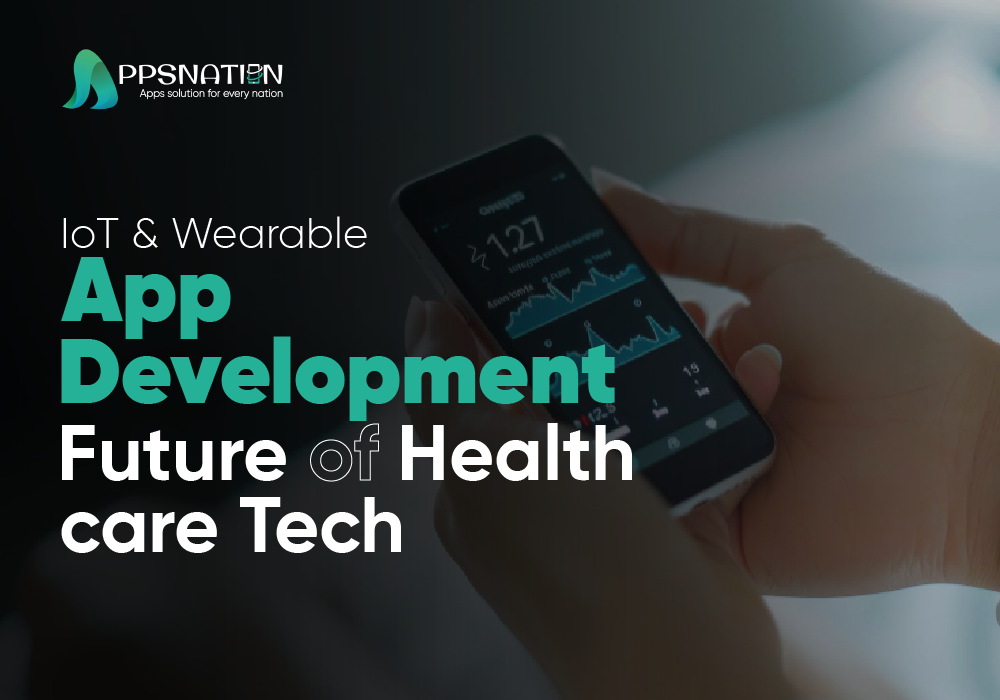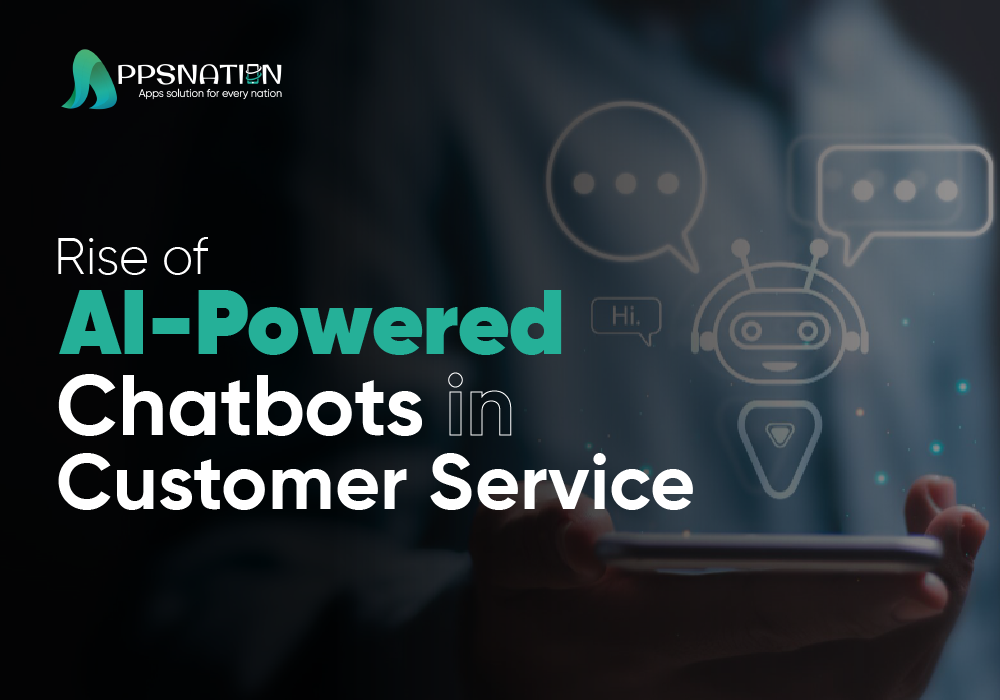The apps are the real power of this technology. These apps convert health reports into helpful insights for both patients and healthcare providers. When you install these apps, it becomes easy for individuals to manage their health. and get alerts for potential health concerns on time. These applications prepare a report of a patient’s condition. It enables them to make decisions mindfully and facilitate remote patient monitoring (RPM). This synergy between connected devices and intuitive software is not just a tech miracle, but a fundamental shift in the health sector. It deploys better results and improves patient interest. The healthcare sector becomes more accessible with these apps.
1. The Paradigm Shift: From Reactive to Proactive Healthcare
IoT and wearables transform this sector into a proper healthcare system. They enable real-time monitoring of vital signs. They help individuals and clinicians in the early detection of disease. This proactive approach facilitates personalized care. They prevent diseases from progressing to the next level. Technologies like genomics and wearables help patients to take active measures to manage their long-term health. The main focus is to move is not temporarily managing sickness but to achieve sustainable individual and population health.
2. Key Technologies and Their Applications in Healthcare
This sector works with the help of different software, from smartwatches and biosensors to mobile apps. Many applications keep track of chronic conditions like diabetes through glucose monitoring. It provides data for fitness and sleep tracking. These apps transfer health records across different devices. It enhances health choices. Telehealth and virtual care increase access to healthcare consultation, particularly in rural locations. Moreover, there is also robotics which helps with accuracy in surgery, and 3D printing through which prosthetic and medical implants can be customized.
The Problems and Procedures in the Development
Application development is a challenging task. Ensuring user privacy and protection but meeting regulatory requirements like HIPAA, is important Confidentiality, data accuracy, end user interface, and masked populations concerns should be sufficiently dealt with to earn trust. In addition, cost of implementation is also very high thus required user friendly interfaces with clinicians and patients which is also a critical key factor to successful adoption.
The Future of Wearables Technology: Trends and Technologies
The rate at which AI and machine learning get integrated will grow tremendously in the future. The next-generation sensors will be less invasive and non-discrete. It examines complicated biomarkers. Such technologies as AR will be predicted to help in surgical education and patient education. It eliminates the distinction between technology and medicine. Finally, wearables are no longer just mere data-loggers but essential, constant parts of an integrated health system and a connected digital communication system.
The Role of Personalized Medicine and Genomics
Personalized medicine is moving healthcare from reactive treatment to precise, proactive intervention. It is driven by advancements in genomics specially. There is an individual’s unique genetic blueprint, which helps determine specific predispositions to diseases and estimate risk scores long before symptoms manifest. This genetic intelligence enables highly tailored prevention plans. It optimizes everything from targeted nutritional advice to pharmacogenomics. Genomics is the cornerstone that makes truly individualized and predictive healthcare possible. It ensures medical resources are applied where they will be most effective.
Ethical, Legal, and Societal Implications (ELSI)
The high pace of proactive healthcare development poses complicated ethical and legal issues that should be thought over. The main issues are data privacy and ownership, i.e. by whom are the enormous amounts of intensely personal health data gathered by devices and AI controlled? In addition, the legal frameworks should be changed to support the responsibility of diagnostic algorithms and the possibility of genetic discrimination according to the predictive health risk scores. The key to achieving the paramount success in building the public trust and enabling the adoption that will be fair and beneficial is to effectively address these ELSI factors.
Future Prospect: Wellness and Healthcare Ecosystem
The future of proactive healthcare would be a smooth integration of the old medical systems and wider wellness and lifestyle data ecosystems. It is an integration of clinical electronic health records with consumer wearables, fitness applications and dietary monitors to be able to see the patient in a holistic way. This single platform will help predictive modeling to cease disease management and aim at optimum human performance and life expectancy. With regulators playing up, you will get personalized nudges, preemptive interventions, and continuous optimization of health as a moving feedback loop between a patient.
Conclusion
IoT and wearable technology have converged and this is an outstanding move in the health sector. It is possible to put monitoring instruments directly on the patient to have an idea of the existing health conditions. The resulting applications make people manage health in an effective way. It assists with the tracking of more timely data that is rich. AI will further enhance the care of patients. It increases accessibility of health care. This linked ecosystem is ultimately a future in which health is no longer a destination, but an ever-observed and regulated process.
FAQs
In what ways do IoT and wearable apps help with the health care need?
Wearable apps with IoT technology offer more support to the users. It detects health changes early and provides real time monitoring of their health. They offer many evidence based solutions to the users and health professionals.
Are health applications in IoT properly safeguarded about confidentiality?
Yes, as long as the developers are compliant with the governing regulations in the field of healthcare like the HIPAA and the GDPR. Strong encryption and secured API gateways are the bare minimum to protect sensitive information.
Mention some examples of wearable devices in healthcare?
Smartwatches, biosensors, glucose and ECG monitors. Also, smart clothes that can monitor heart, blood pressure, activities, and oxygen in real-time.
Does IoT and wearable technology influence the clinical management of long term or chronic conditions?
Yes. These applications are able to monitor and manage chronic conditions like heart disease, hypertension, and diabetes. Critical parameters can also be monitored. Notifications can be sent when patients need immediate attention, ensuring seamless care.
What are the problems and barriers which an app developer is likely to face in the hands of wearable technology for healthcare?
Some of the major issues are the precision of data, user interface design, and the integration of multiple devices and software applications.
What can be the expected advancements of IoT in healthcare in the years to come?
There will be advances like smarter sensors that are non-invasive, computer vision applying AI for diagnostics, augmented reality in the context of healthcare training and completely tied ecosystems in such a manner that every person receives uninterrupted, individualized healthcare.





